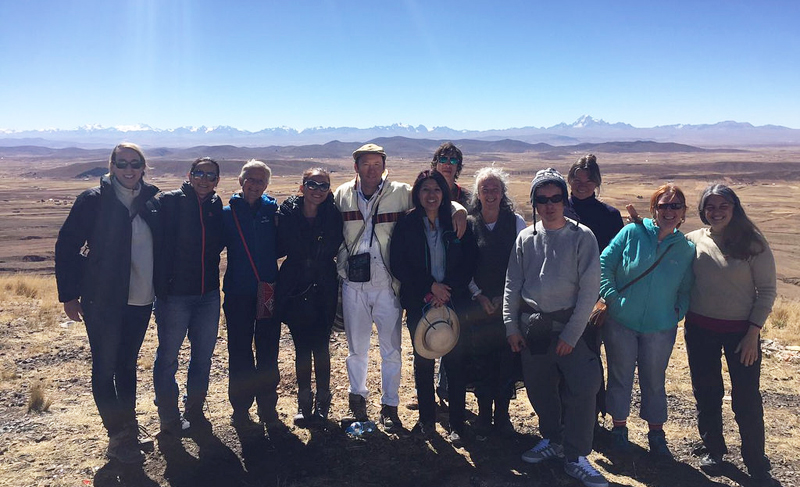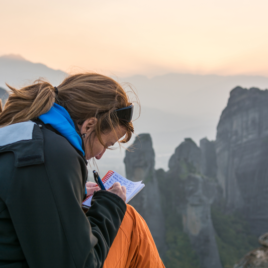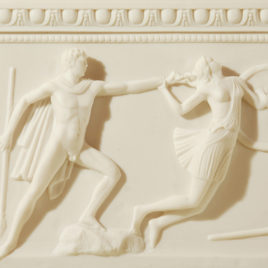Although this landlocked South American nation remains largely undiscovered by western tourists, Bolivia’s vibrant culture, stunning landscapes, and mesmerizing sacred sites make it a must-see destination for travellers looking for life-changing experiences off the beaten path.
Don’t believe us? Here are 5 Things You Probably Didn’t Know About Bolivia (that will spike your desire to visit).
1. Bolivia Is Home To Mesmerizing Pre-Columbian Ruins
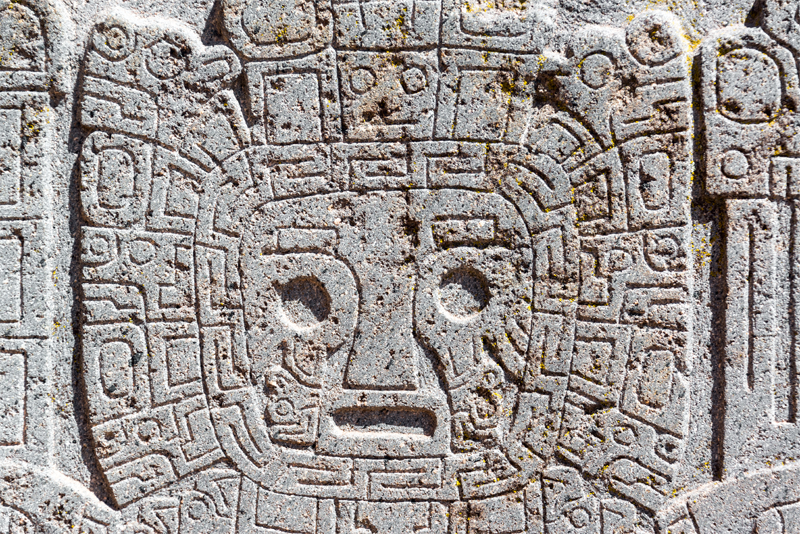
While most people think of Peru’s Machu Picchu, when they think of ancient South American ruins, Bolivia is actually home to some of the most important pre-Columbian sites in the Americas.
Among these sites is the incredible ancient city of Tiwanaku. Set under the majestic Cordillera Real mountain range, Tiwanaku was once the political and spiritual capital of the Tiwanaku Empire, which is believed to have dominated the area straddling the border between Bolivia and Peru between 300 BC and 300 AD.
While not much is known about the ancient culture it emanates from, Tiwanaku’s majestic structures are still imbued by an ancient spirituality that is palpable to travellers visiting the site to see its beautifully crafted sculptures, gigantic stone building blocks and the mysterious, megalithic stone arch known as La Puerta del Sol, or The Gate of the Sun.
2. Indigenous Cultures Are Thriving In Bolivia
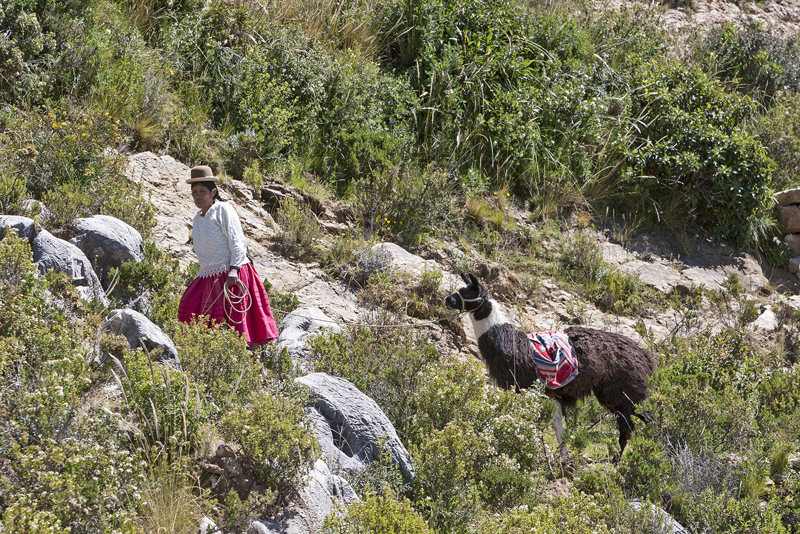
Although more than 400 years have passed since the Spanish first arrived in what today is Bolivia, indigenous cultures are alive and well in Bolivia. In fact, not only did they managed to survive the deeply destructive process of colonization, but are now actually thriving in modern Bolivia.
Today, well over half of the country’s populations self-identifies as Indigenous, with the two largest groups — the Quechua and the Aymara — making up around 55% of the country’s population.
Although these two groups are the largest, Bolivia’s thriving indigenous people hail from over 30 different ethnic groups. This led Evo Morales, the country’s first-ever indigenous president to promote a constitutional change in 2009 that officially declared Bolivia as a Plurinational State and recognized the existence of 37 official languages, including Spanish, Quechua, Aymara and Guaraní.
This recognition, coupled with sustained economic growth, has helped fuel a renaissance of indigenous culture in Bolivia that is evident in the futuristic Aymara architecture emerging in El Alto, a mainly indigenous city that straddles La Paz.
3. The Country Has A Fascinating Maritime Culture, Even Though It’s Landlocked!
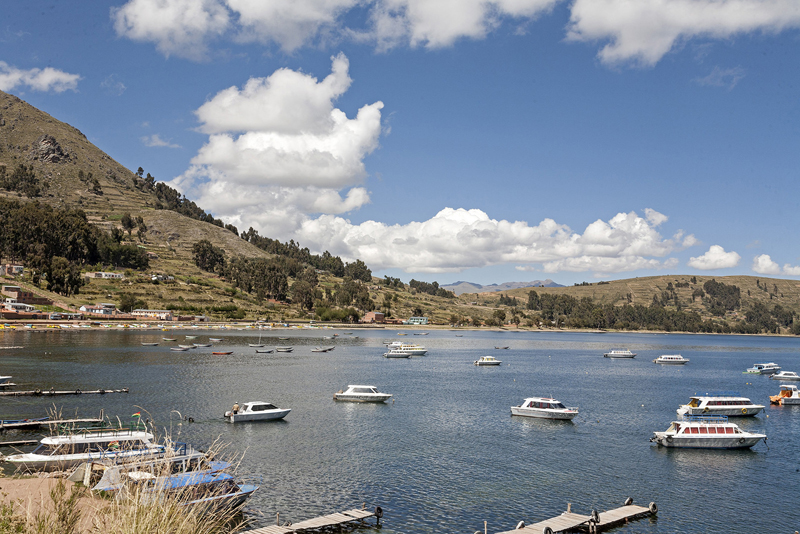
Although Bolivia is landlocked, it still has a vibrant maritime culture centered around Lake Titicaca, a giant body of water that straddles the border between Peru and Bolivia. Sitting at 3,812 metres (12,507 feet) above sea level, Lake Titicaca is the world’s highest navigable lake and is also South America’s largest lake by volume.
This giant lake has long been recognized as a sacred being by a number of ancient cultures, including the Inca and the Tiwanaku. Today, it’s not uncommon to see it display the fascinating mix between modern and traditional that characterizes Bolivia, as traditional balseros sail along kitesurfers.
4. Bolivia Possesses An Unrivalled Diversity Of Landscapes
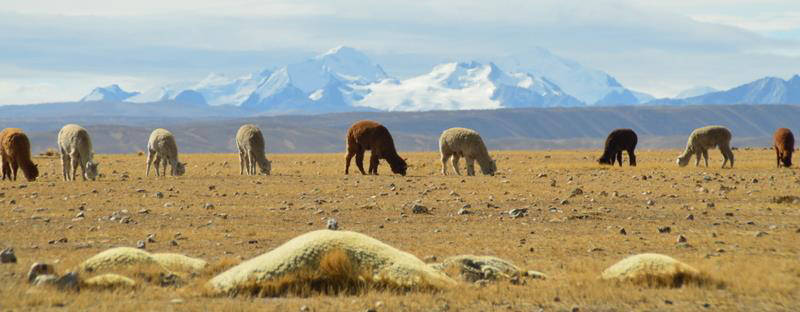
When most people think of Bolivia, they often conjure up images of the high Andes, complete llamas, and stunning glacial mountains. While this image isn’t inaccurate, Bolivia actually has a stunning diversity of landscapes that goes way beyond the Andes.
A huge portion of the country actually lies within the humid Amazon basin, which means that Bolivia has stunning rainforests, complete with tropical birds and giant sloths. In addition to the Andes and the rainforest, Bolivia also has lowland deserts, salt flats, and the majestic Lake Titicaca.
5. The Coca Leaf Is Sacred Here
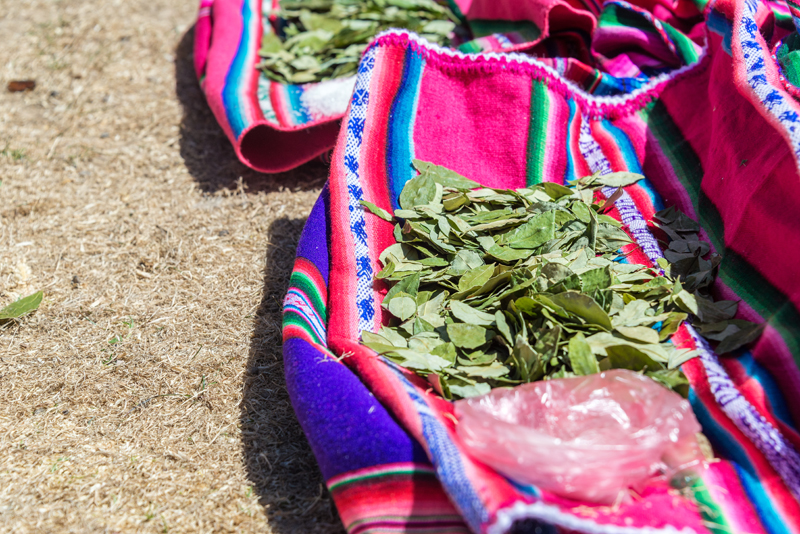
Although it’s reviled around the world for being one of the main ingredients needed to produce cocaine, in Bolivia coca plants are actually revered. For millennia, their leaves have been used as a medicine to combat altitude sickness, making them a sacred plant.
Today Coca leaf is still a large part of Bolivian culture. It is drunk in teas and chewed to combat altitude sickness, and used in a number of different sacred ceremonies led by Shamans and fortune tellers.
Experience Bolivia’s Breathtaking Culture With Daniel Stone
Join author and traveller Daniel Stone on a transformative journey through Bolivia’s incredible Andes.
This one-of-a-kind walking trip will allow you to see some of the country’s most sacred sites, letting you explore the immense power of the breath as you learn to become a human channel for change. Throughout the trip, Daniel will impart the knowledge he learned from indigenous wise people around the world.
Daniel has been leading groups of travelers through the Andes for years and will provide you with the teachings and initiations needed for your own internal transformation. There’s probably no one out there more capable to give you the tools to make this trip, and the rest of your life, truly special.
Learn more about this journey, which runs from July 16 to 26, 2018.
